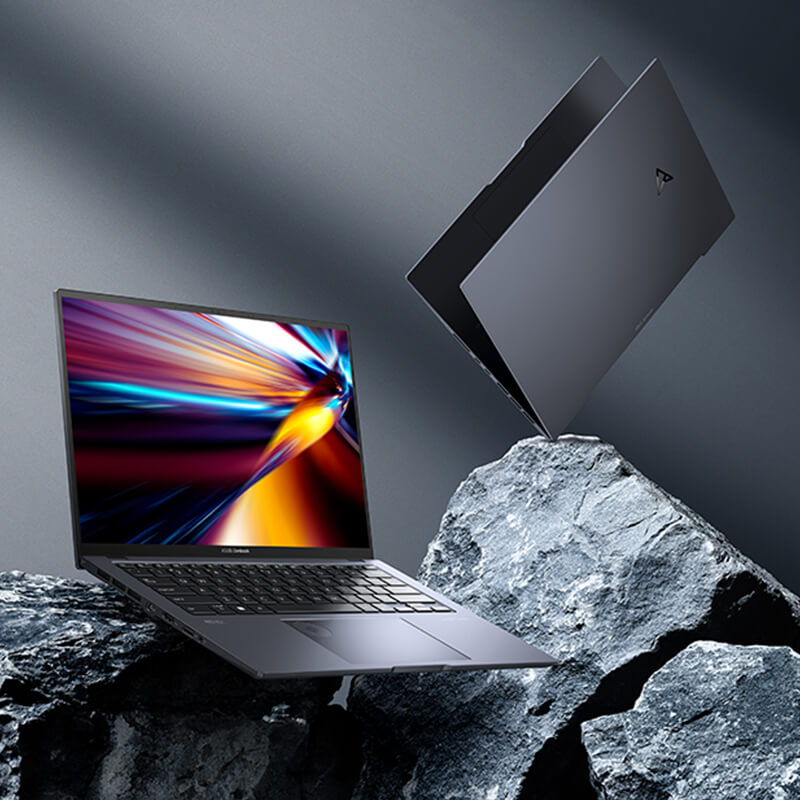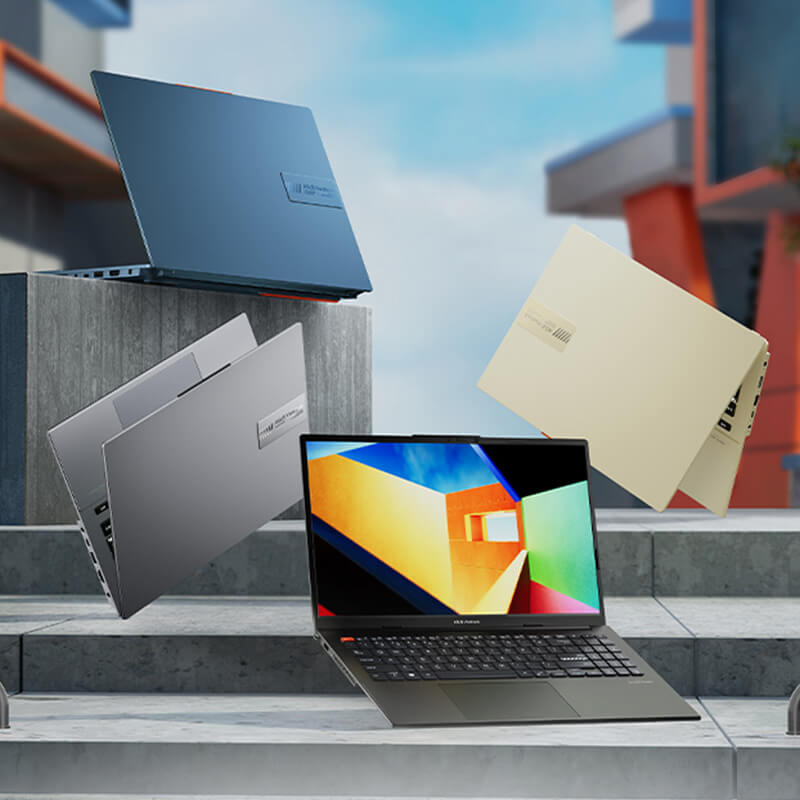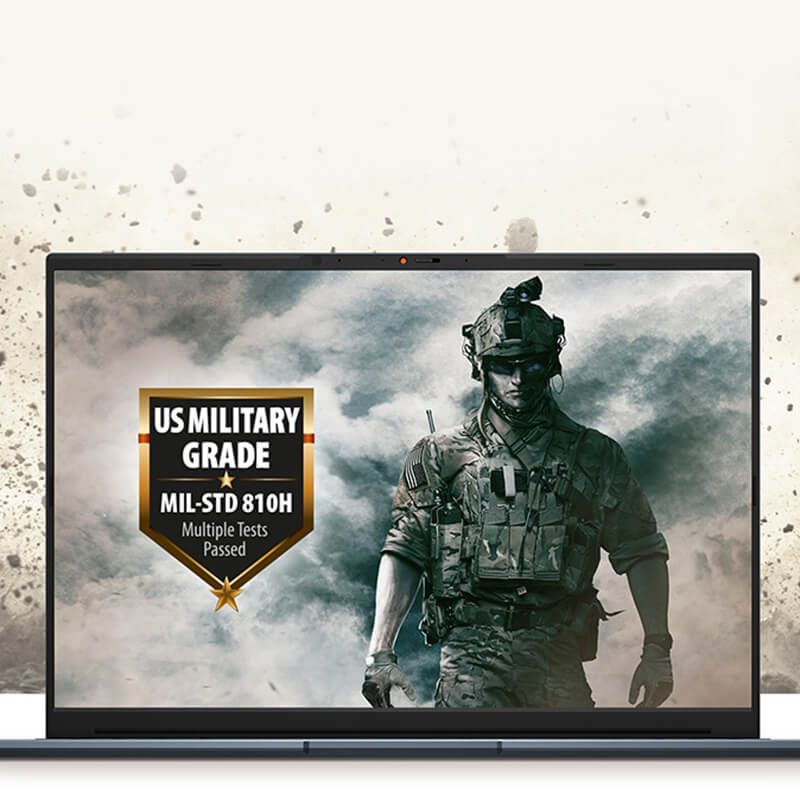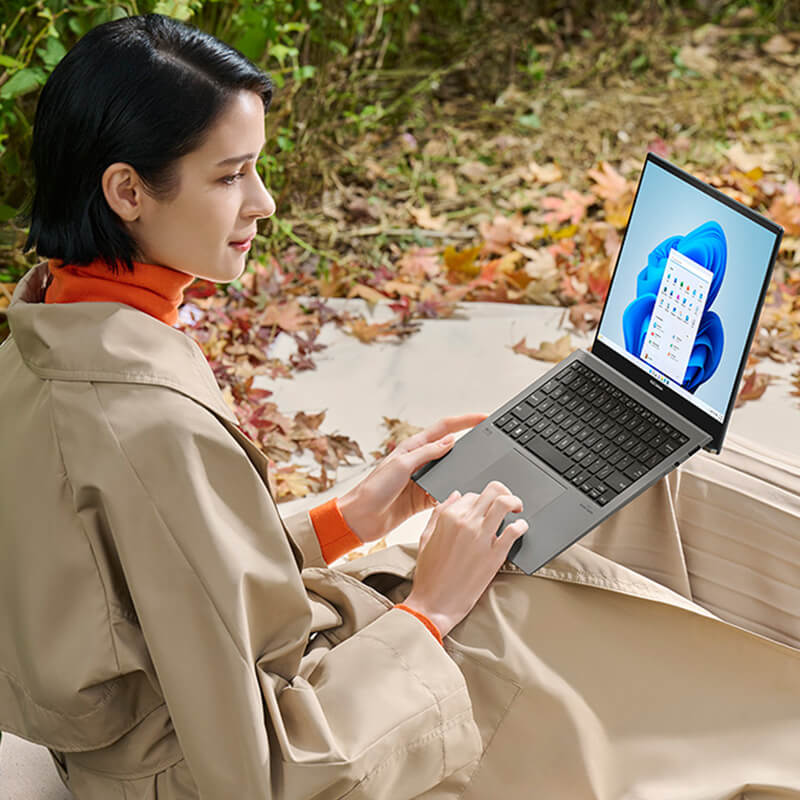
Sep 21, 2023
These days, laptops accompany us daily, both at home and on the go.
That holds true for content creators, professionals who frequently
travel for work, students who commute to school with their laptops
in their backpacks, or even casual travelers who bring the laptop on
trips.
Traveling with electronic devices such as a laptop is not without
risks, though.
Below are some tips for protecting your laptop while traveling or
commuting.
Use a Well-Padded Laptop Bag with a Dedicated Compartment
The most important thing you can do to protect your laptop while
traveling is buy a backpack or bag with a dedicated laptop
compartment. The laptop compartment should include fairly thick,
solid padding on both the outside and inside walls. Also, don’t
forget to check the bottom for padding. It’s frequently overlooked,
but a crucial consideration.
You also need to make sure the backpack or bag has a compartment
large enough for your laptop but not so large that your laptop can
move around too much.
Some backpacks come with anti-theft features, such as combination
locks on the zipper, cut-proof fabric, or hidden pockets. It may be
a good idea to get such a backpack, especially if your laptop is on
the higher end.
If you're traveling by plane, it may be a good idea to put the
laptop in the carry-on luggage instead of a backpack. But remember:
never check in your laptop with luggage.
Keep Your Bag Organized
Putting the laptop in the dedicated compartment of the backpack is
one thing. But it’s also how you pack everything else that matters.
If you have a special laptop bag, there is a good chance that there
are lots of handy pockets inside that can help you organize your
stuff. Take advantage of them to secure other things you need to
carry, such as power cords, accessories, and daily necessities. By
packing everything correctly, you can prevent peripherals from
flying around and potentially damaging your laptop.
You will also want to make sure to keep the laptop separate from
everything else — put only the laptop in the laptop compartment.
In addition, don’t pack too fully. If you have trouble zipping up,
you may need to give up on some things you want to bring. Otherwise,
the pressure from tight packing can damage your laptop surface and
in extreme cases even crack the screen.
Other Protection
It may also be a good idea to invest in other laptop protection such
as a laptop case or sleeve. Even if your backpack has a dedicated,
padded laptop compartment, it may still be a good idea to slip the
laptop into a sleeve before placing it in the bag.
Some frequent travelers also like to invest in a display protector
with a privacy screen. It can help you avoid annoying scratches and
dings on the display surface while at the same time making sure that
whatever you see on the screen is for your eyes only.
Finally, a protective film or sticker for the outside lid can also
be good, as it will help keep your laptop surfaces looking fresh for
longer.
Shut Down Completely
It is tempting to just close the lid of the laptop, putting it in
sleep or hibernation mode instead of turning it off when packing —
but it's strongly recommended to fully power down the laptop before
putting it in the bag, even if it takes longer to turn off and then
turn it back on.
In hibernation and sleep mode, your laptop still generates some
heat. The problem with this when on the go is, the laptop is
enclosed in the bag, so the hot air cannot escape as well. To ensure
full safety, it is best to power it down fully.
Protect Your Laptop From the Weather
Electronics and water don’t mix very well. When on the go, it’s
crucial to ensure your laptop is safe from rain, snow or other
moisture.
To protect your laptop from the weather, one option is getting a
water-resistant backpack. Keep in mind that most backpacks or bags
only keep away a certain amount of water, so you may want to buy a
waterproof backpack sleeve that you can carry with you and put on as
needed.
You could also opt for a waterproof laptop sleeve; however, if you
use one you have to remember to turn off your laptop completely as
such sleeves don’t let anything in or out, including the hot air.
Avoid Direct Sunlight
Avoid too much direct exposure to sunlight. This goes for both your
laptop and laptop bag. When sunlight reaches the laptop, in extreme
cases, it can heat parts to the point of melting, potentially
causing irreversible damage.
Leaving your laptop next to the window on a sunny day is another
case that should be avoided.
Many users opt for black or otherwise dark-colored bags. As you may
know, dark colors absorb more heat; so dark bags can transfer heat
to the laptop.
Ensure Safe Charging
Charging on the go can be risky, especially if you travel
internationally to places where the default voltage is different
than back home. For this reason, it is recommended to invest in a
high-quality power plug converter.
The price difference between a cheap, unreliable converter and a
high-quality one may not be too high, but it's surely worth
protecting your laptop from unstable power flow or electrical
surge-related damage. In addition, you may want to consider a spike
guard or surge protector to take protection to a higher level.
Consider Using a Laptop Lock
Many business laptops as well as higher-end consumer laptops feature
a Kensington lock slot. It's a useful feature that allows you to
bind your laptop physically to other objects, such as a table,
backpack, or even a belt loop in your pants if you wish.
If your laptop features a Kensington lock, it may be a good idea to
invest in a combination or key lock and bind it to your backpack or
bag when traveling. It is going to make potential theft much more
difficult, potentially saving you trouble and cost related to
replacing a stolen machine.
Protect Your Data
There are many ways your data can be compromised when traveling,
from having your laptop physically stolen to having compromised
connections when accessing public internet connections.
For these reasons, it is crucial to make sure the device is
password-protected.
Make sure to back up your data before traveling, too. You can use
cloud storage or a physical external drive.
Also, you may want to install reputable antivirus software, and it
may be a good idea to encrypt your laptop's drive. Click here to
learn how to
turn on device encryption
from Microsoft.
When connecting to unknown network access points when on the go,
it’s a good idea to use a VPN connection.
Finally, special theft recovery software can help you recover your
data safely while deleting it from a stolen laptop. You may even
consider travel insurance that covers laptop theft!
Travel and Commute Safely
One last consideration is the laptop itself. If you are a frequent
traveler or commute daily with your laptop in the backpack, you'll
want to consider reliability and build quality when you purchase a
laptop.
Many ASUS laptops are put through tests that meet or exceed U.S.
military-grade standards. Such tests take into account both everyday
and extreme conditions and help ensure that your laptop is ready to
accompany you wherever the road takes you.
Click here to
learn more about US military-grade testing for durability.
ASUS Zenbook laptops are elegant thin and light machines that are
perfect for travelers and commuters. They come in plenty of
different form factors — from traditional clamshell that can be 1 cm
thin and weigh only 1kg, through convertible 2-in-1 to foldable OLED
screen ones. You can be sure to find the perfect Zenbook for you.
Click the button below to check out the latest thin, light, and
extremely durable laptops from ASUS — they’re perfect for anyone
frequently on the go.
Discover Thin and Light Laptops from ASUS













